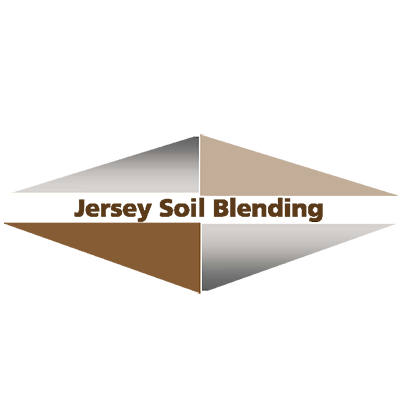What is Peat?
Peat is the natural product of glacial movement across the landscape of Minnesota, which created numerous lakebeds and depressions where decaying mosses, reeds and grass collected. These plants have been decomposing for approximately 6,000 years. Peat, Inc. has one of the largest peat farms in Minnesota and Minnesota has 6.3 million acres of peat land.
Why do I want to use peat moss in my root zone mix?
Because peat will increase your water holding capacity, and increase nutrient retention (cation exchange capacity). Peat also offers substantial soil buffering capability that you would not have with straight sand. Peat increases soil buffering which smoothes out the peaks and valleys during grow-in. It will also help you utilize pesticide spray applications more effectively.
What is the difference between Sphagnum and Reed-Sedge peat?
Sphagnum peat is the least decomposed type of peat and contains more than 66% recognizable plant fibers. It is very acidic in nature and typically is yellow to light brown in color. Reed-sedge peat is further decomposed than Sphagnum. It contains 30 to 60 percent plant fibers, is less acidic and is dark brown in color. Reed-sedge also has a higher nitrogen content than sphagnum and is less susceptible to decomposition in a mix.
What is the difference between Organic and an inorganic amendment?
Organics are carbon-based compounds created by natural decomposition. inorganic amendments are manufactured, usually from mined minerals or clay.

